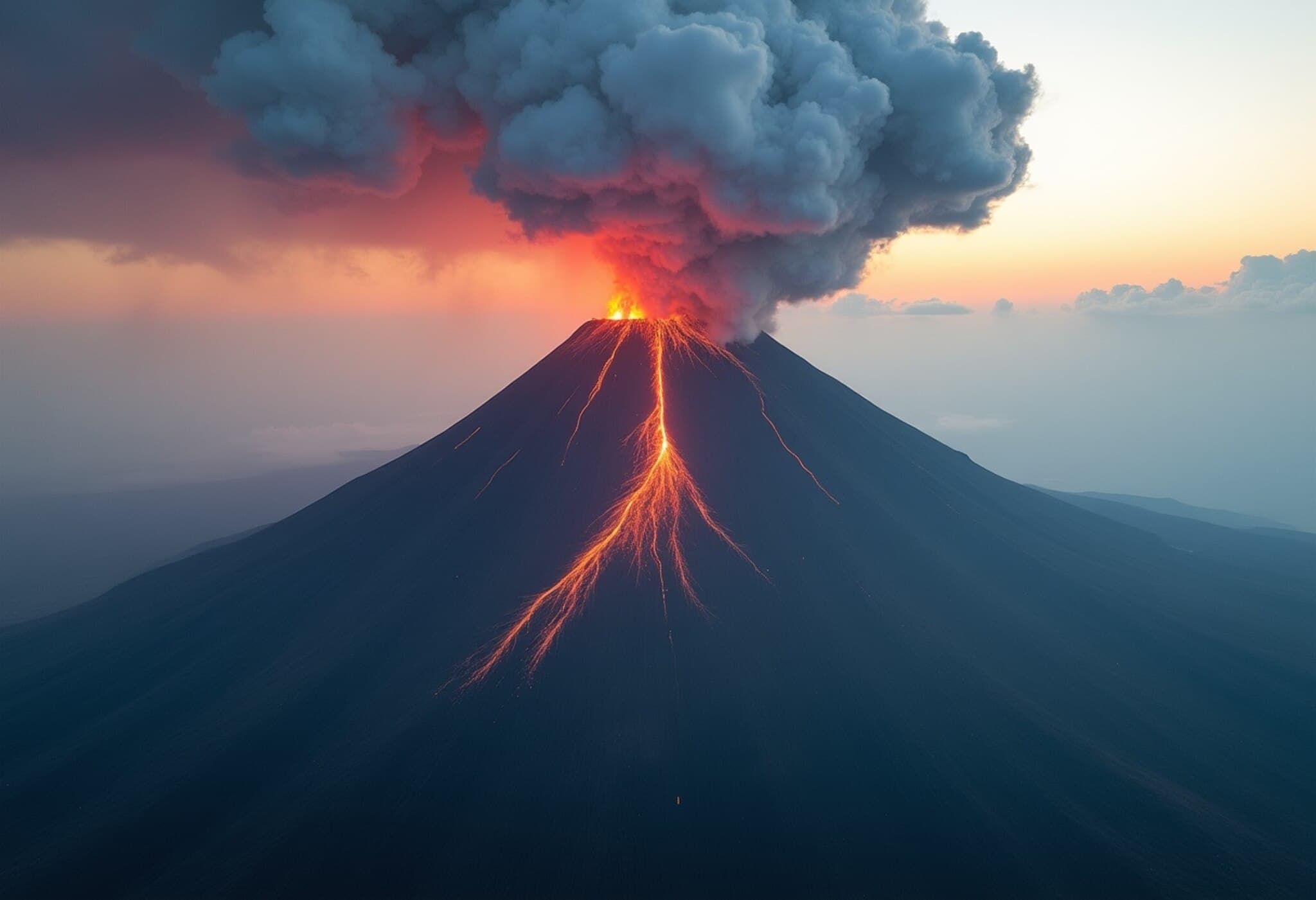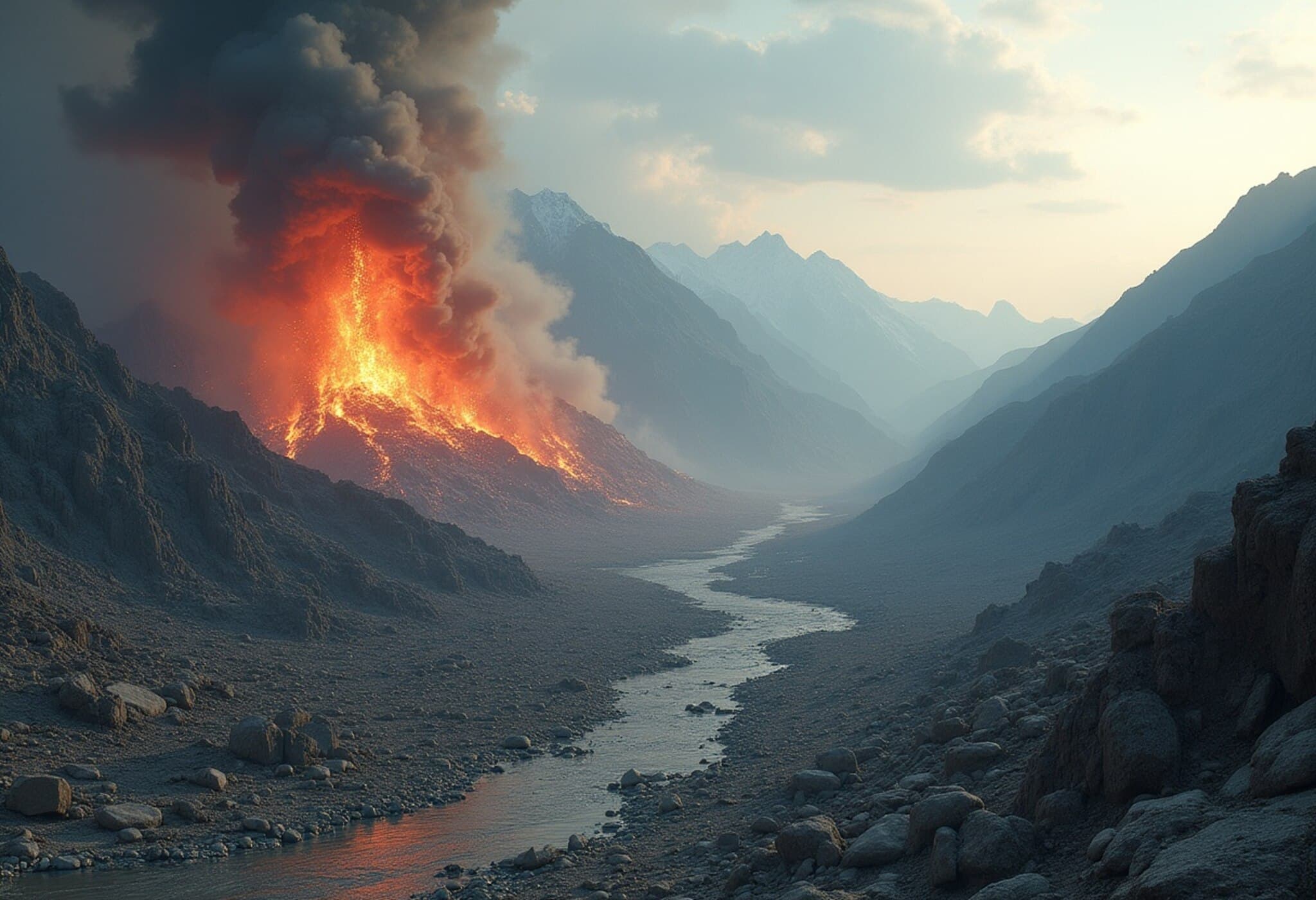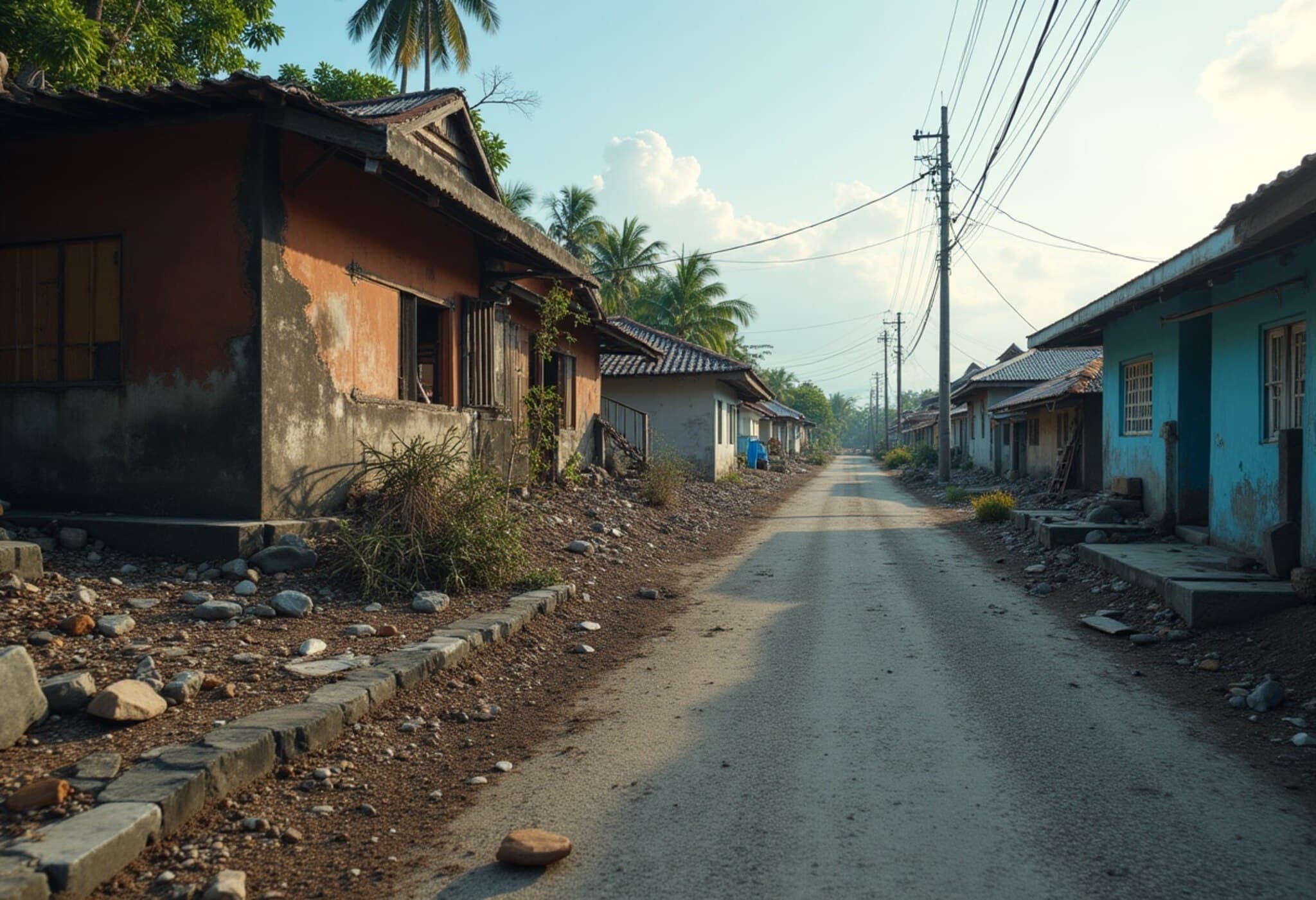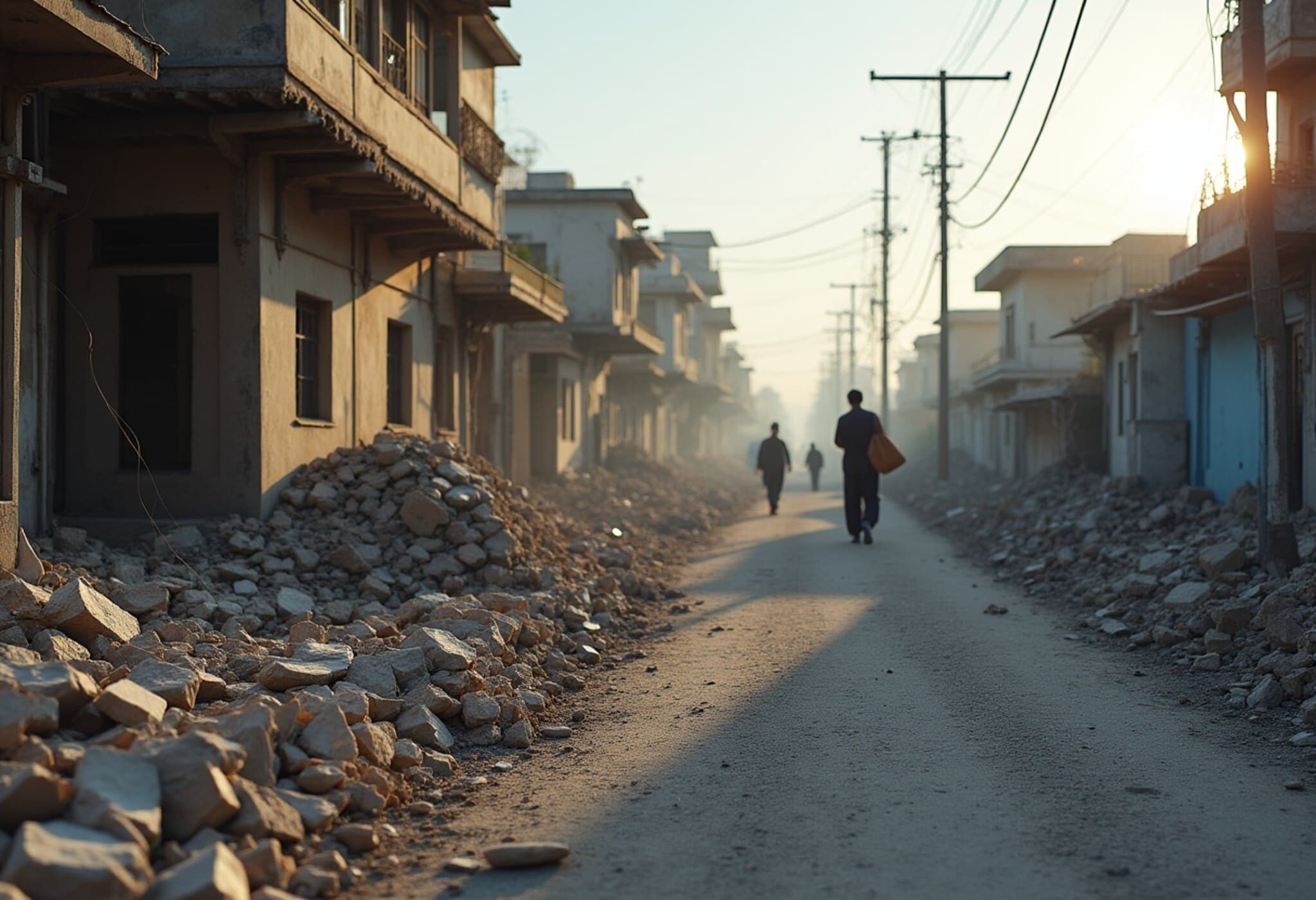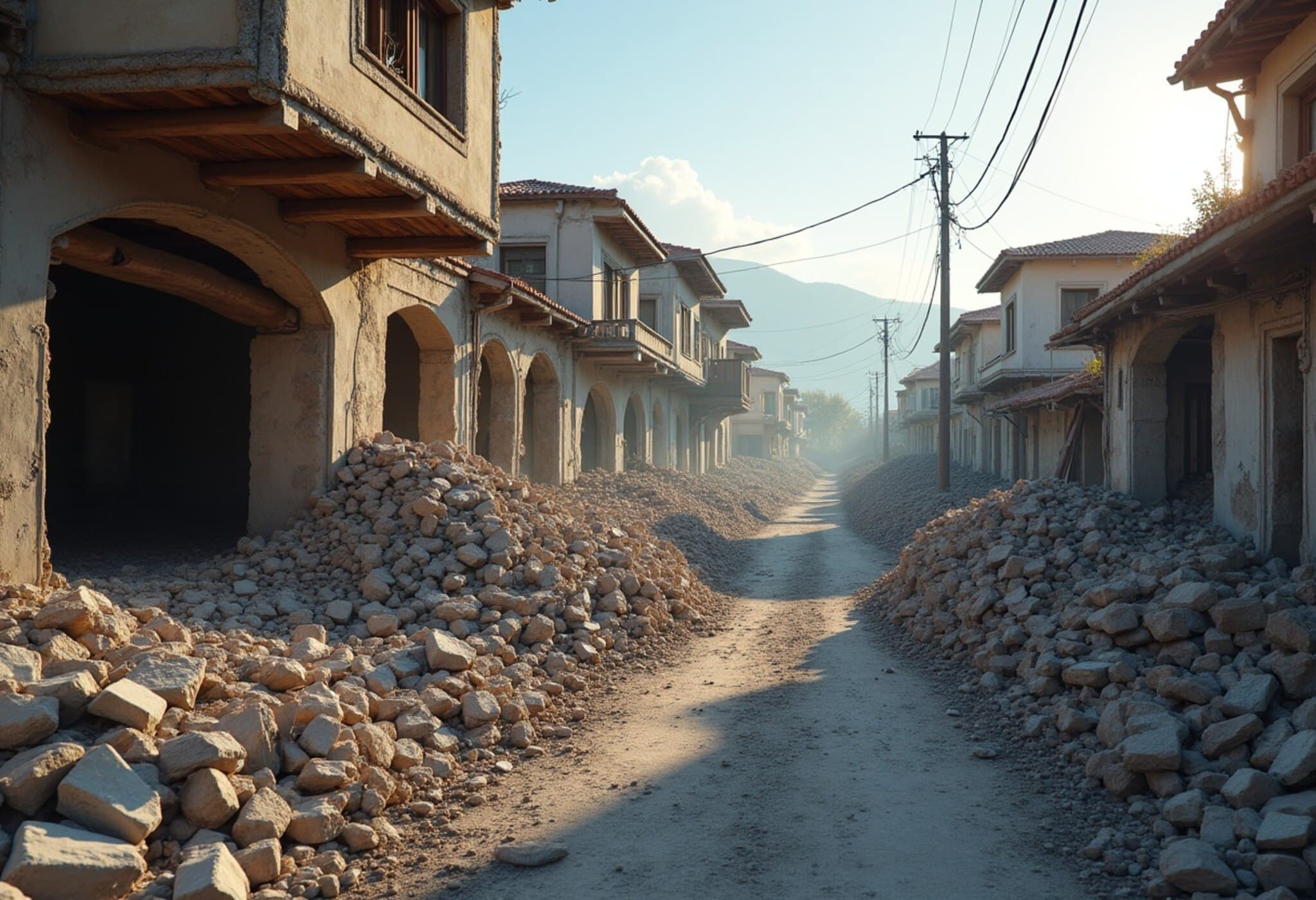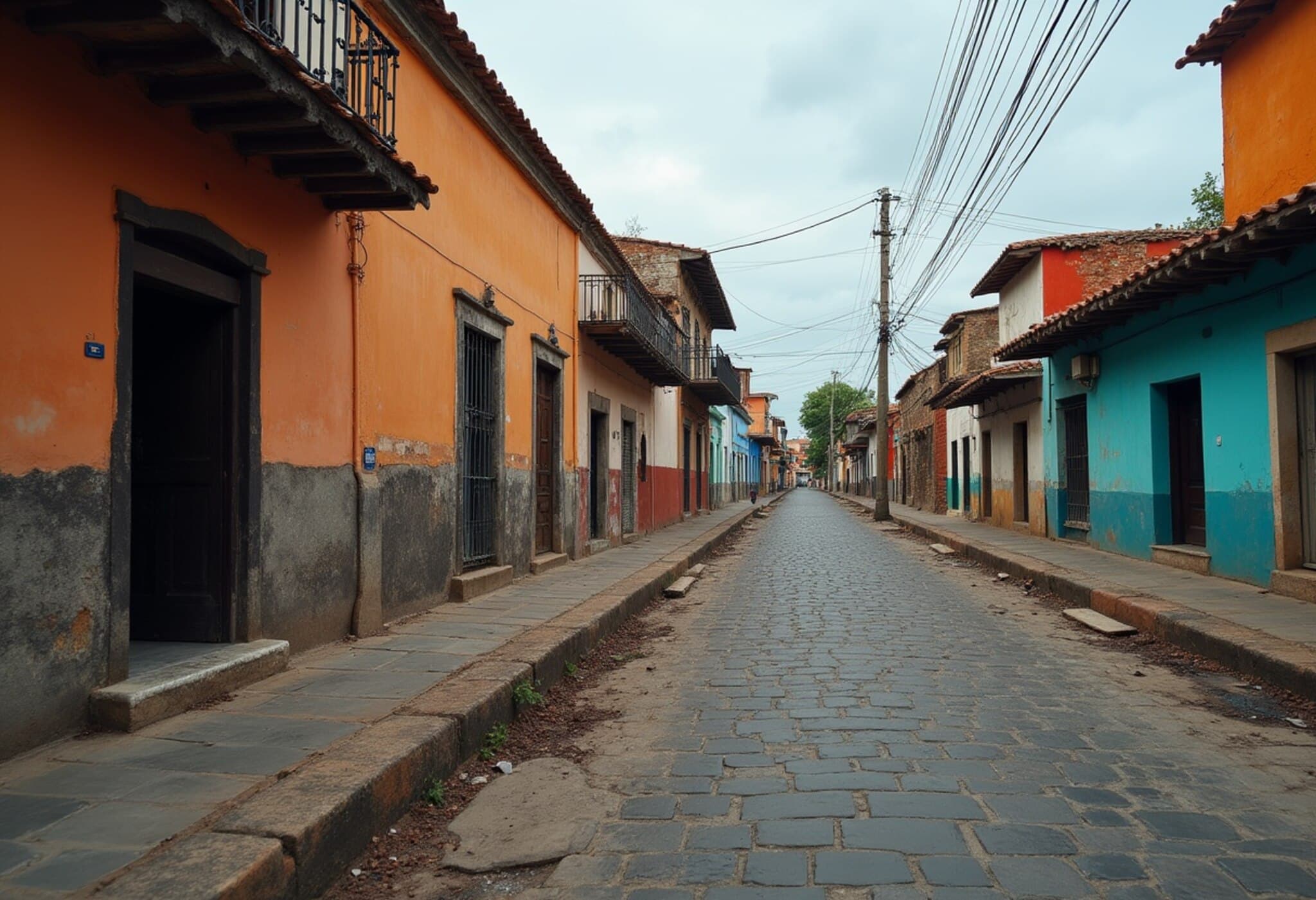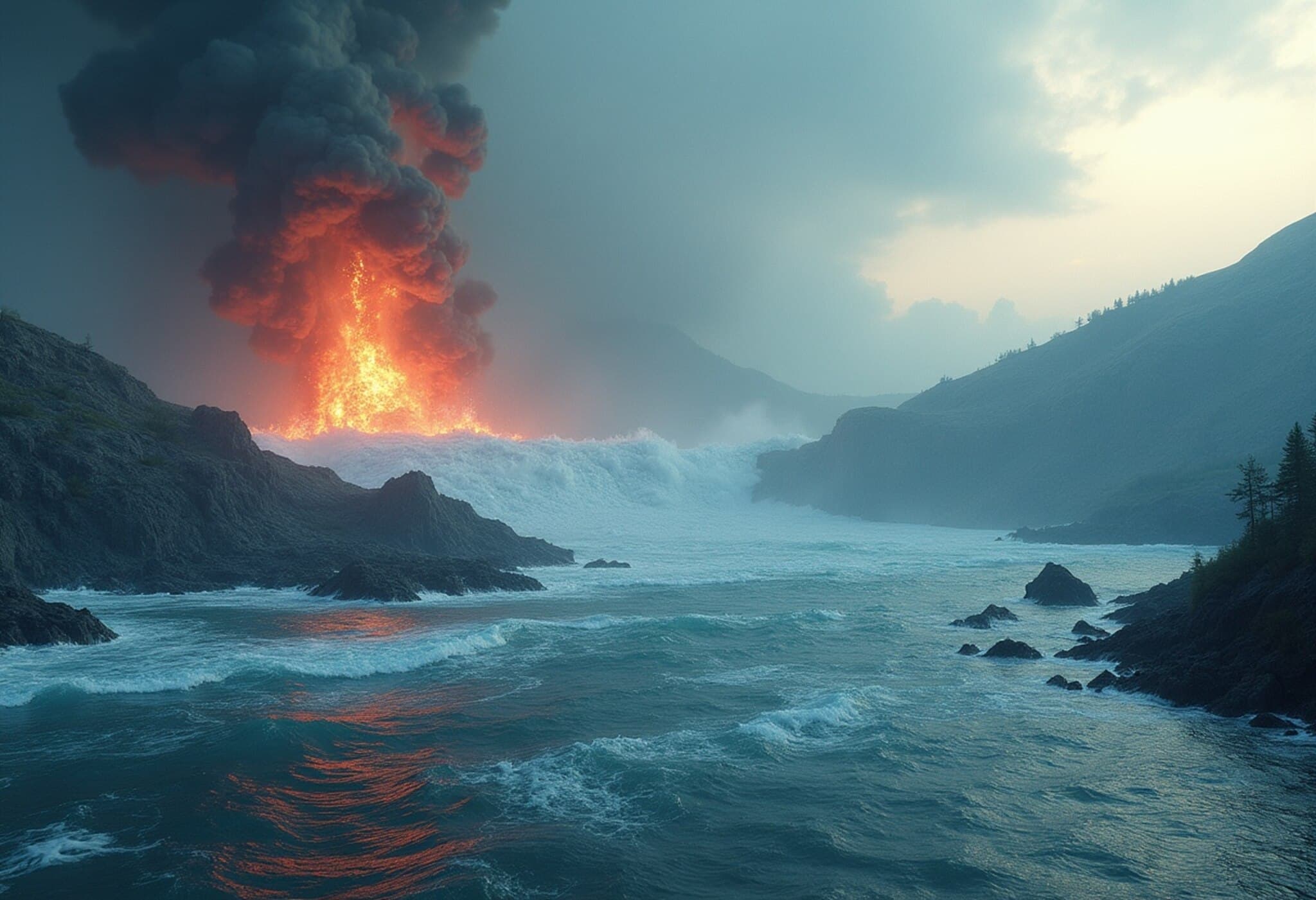Three Strong Earthquakes Rattle Russia’s Far East Coast
On July 20, 2025, a series of powerful earthquakes shook the eastern coast of Russia, triggering a tsunami alert for nearby coastal areas. The seismic activity was centered near the Kamchatka Peninsula, a region known for its intense geological volatility due to the convergence of the Pacific and North American tectonic plates.
Details of the Earthquake Sequence
The first two earthquakes registered magnitudes of 5.0 and 6.7 respectively, initially causing no tsunami warning. However, subsequent tremors continued, culminating in a significant third quake measuring a striking 7.4 magnitude. This powerful seismic event led the US Geological Survey (USGS) to issue a formal tsunami warning for regions within 300 kilometers (186 miles) of the epicenter near Petropavlovsk-Kamchatsky, the capital city of Kamchatka Krai.
Why Kamchatka Is a Seismic Hotspot
The Kamchatka Peninsula lies at a critical geological boundary where the Pacific Plate subducts beneath the North American Plate. This tectonic interaction creates frequent and often intense earthquakes, sometimes spawning devastating tsunamis. Since 1900, the area has experienced at least seven major quakes above 8.3 magnitude, underscoring its reputation as one of the world's most active seismic zones.
Regional Impact and Preparedness
Fortunately, although the state of Alaska is situated just across the Bering Sea from Kamchatka, none of the US territories have been included in the current tsunami alert zone. Nonetheless, the scale of the 7.4 quake necessitates heightened vigilance among local populations, emergency responders, and governments in both Russia and neighboring countries. Swift dissemination of warnings and readiness measures are critical to minimizing loss and damage.
Expert Insights: The Broader Significance
Seismologists point out that this sequence of earthquakes, especially the 7.4 magnitude event, could represent stress redistribution along a subduction zone with the potential for further seismic activity. The fact that two sizable 6.7 magnitude quakes preceded this event is notable and may indicate complex fault interactions. For policymakers and disaster management officials, these developments underscore the necessity of continuous seismic monitoring and community preparedness initiatives in vulnerable regions.
What This Means for Global Seismic Awareness
The 2025 Kamchatka quakes are a timely reminder that earthquake and tsunami risks extend far beyond traditionally known 'earthquake belts.' They also challenge governments worldwide to invest comprehensively in early warning systems and cross-border cooperation to safeguard coastal communities. As climate change exacerbates coastal vulnerabilities, integrating seismic risk mitigation into broader disaster resilience programs becomes ever more urgent.
Summary and Moving Forward
While aftershocks continue to be monitored closely, the primary focus remains on ensuring public safety and infrastructure integrity around Kamchatka’s coast. Experts urge residents and authorities to heed official guidelines carefully and prepare for potential tsunami waves, which can arrive within hours after such large undersea earthquakes.


